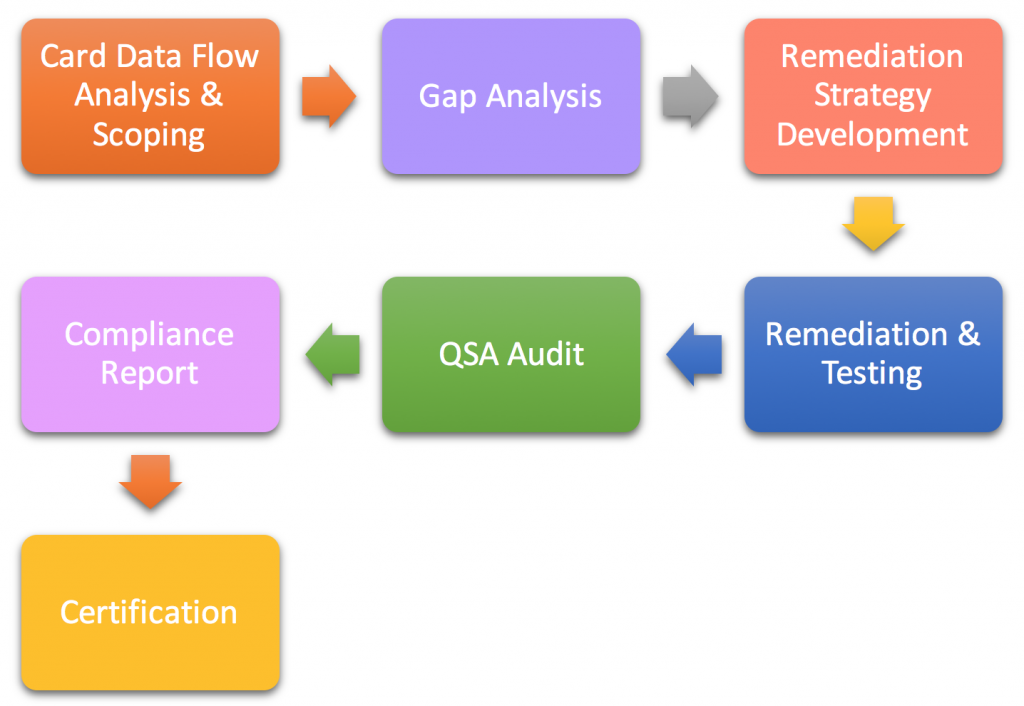PCI DSS Gap Assessment
Useful Techniques Of Applying PCI DSS Gap Assessment

PCI DSS is the short form of the Payment Card Industry Data Security Standard. It is a set of rules created by various card payment companies, like MasterCard, Visa, American Express, JCB International, and Discover Financial Services. PCI DSS gap assessment is a difficult and lengthy process for most companies. It is the basic work to be done for the compliance actions to be adopted in this regard.
Actions to be taken for PCI DSS gap assessment
- First of all, a financial card payment company needs to make a detailed illustration of the PCI DSS compliance.
- In this way, all the gaps in the PCI DSS compliance can be easily spotted, which should be addressed immediately.
- The card company needs to prevent the violation of the security of financial data provided by cardholders and save them from the related financial losses.
- The expense needed for PCI DSS compliance should be estimated beforehand and a definite budget should be set for this purpose.
How to conduct the PCI DSS gap analysis
- A firewall configuration needs to be installed for protecting the financial data of cardholders, which should be maintained as well.
- The default password and other parameters provided by the vendor company should not be used for ensuring data security.
- The stored data of cardholders should be kept safe from unethical hackers, which is the main aim of PCI DSS gap analysis.
- The stored data should be encrypted into code for preventing unauthorized access, which is an easy possibility in open networks.
- The antivirus software installed in the computer should be updated regularly, for ensuring the security of the system.
- The access to the computer holding the cardholders’ data should be restricted to a few people in the company. Moreover, each user should have a separate id for getting access to this data.
Though it is a complicated procedure, experts can ensure protection for the security of cardholders’ data and the reputation of card payment companies.